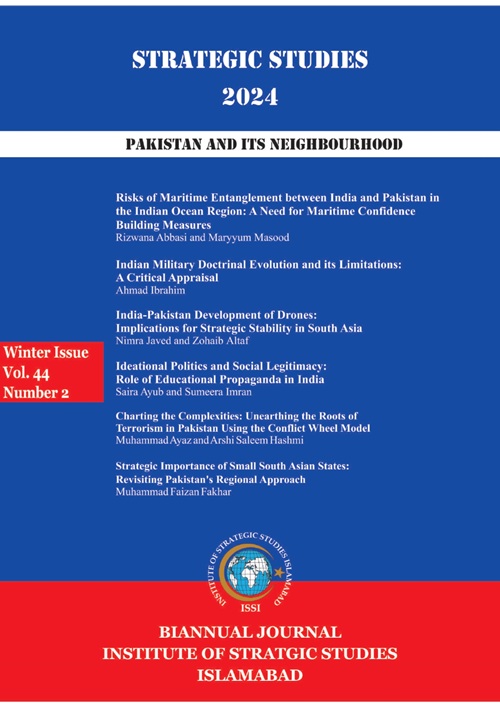Charting Complexities: Unearthing the Roots of Terrorism in Pakistan Using the Conflict Wheel Model
Abstract
Pakistan is again faced with a surge in terrorism since 15 August 2021, when the Afghan Taliban took power in Kabul on the US exit, contrary to the pledge Afghan Taliban made in the Doha Peace Agreement of not letting terrorist groups use Afghan soil against any country. Taliban’s victory in Afghanistan injected fresh motivation into Tehreek-e-Taliban Pakistan (TTP), unleashing new waves of violence in Pakistan. Despite having almost two decades of experience in kinetic actions against terrorist groups, law enforcement agencies still seem short of stopping the TTP from attacks at will. To identify the deeply hidden root causes of the conflict that make all the measures and efforts by Pakistan to eradicate terrorism insufficient, the conflict wheel model was employed to chart the complexities of the problem. The grievances of the Pakistanis living along the Afghan border, weak writ of the state, poverty, international interests in the region, and failure to understand the goals, interests and positions of the involved actors are the major causes that hinder peaceful resolution. The analysis may help experts frame a socio-politico and legal framework to deal with complex issues of Terrorism in Pakistan.
Keywords: Terrorism, Pakistan, Afghan Taliban, Tehreek-e-Taliban Pakistan, Conflict Wheel Model

Published
How to Cite
Issue
Section
Copyright (c) 2025 Strategic Studies

This work is licensed under a Creative Commons Attribution-NonCommercial 4.0 International License.



